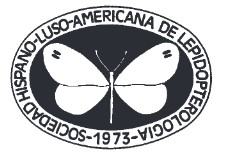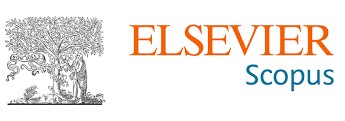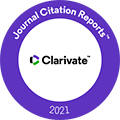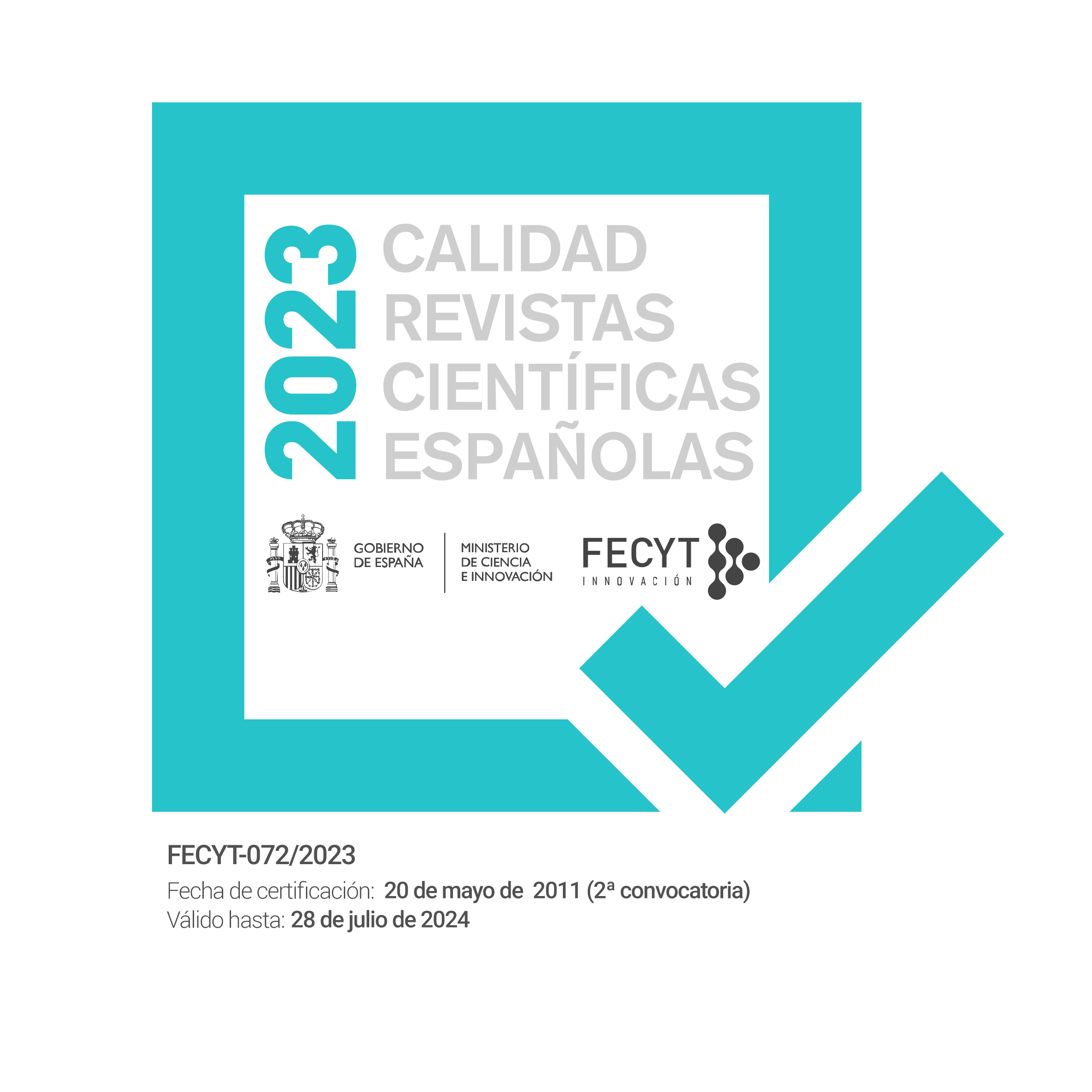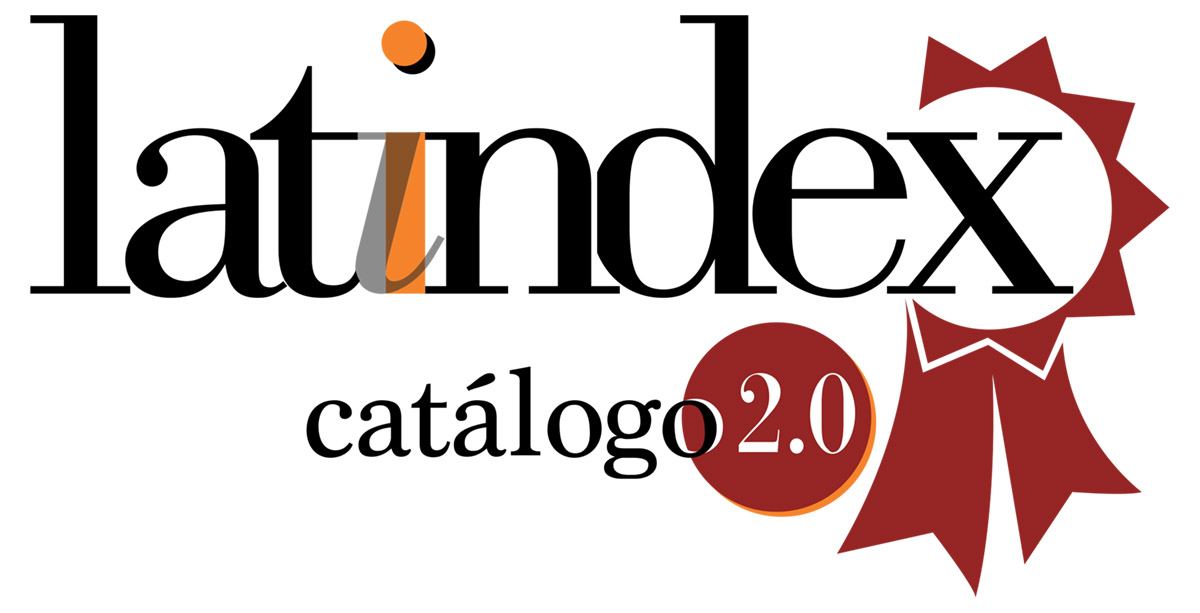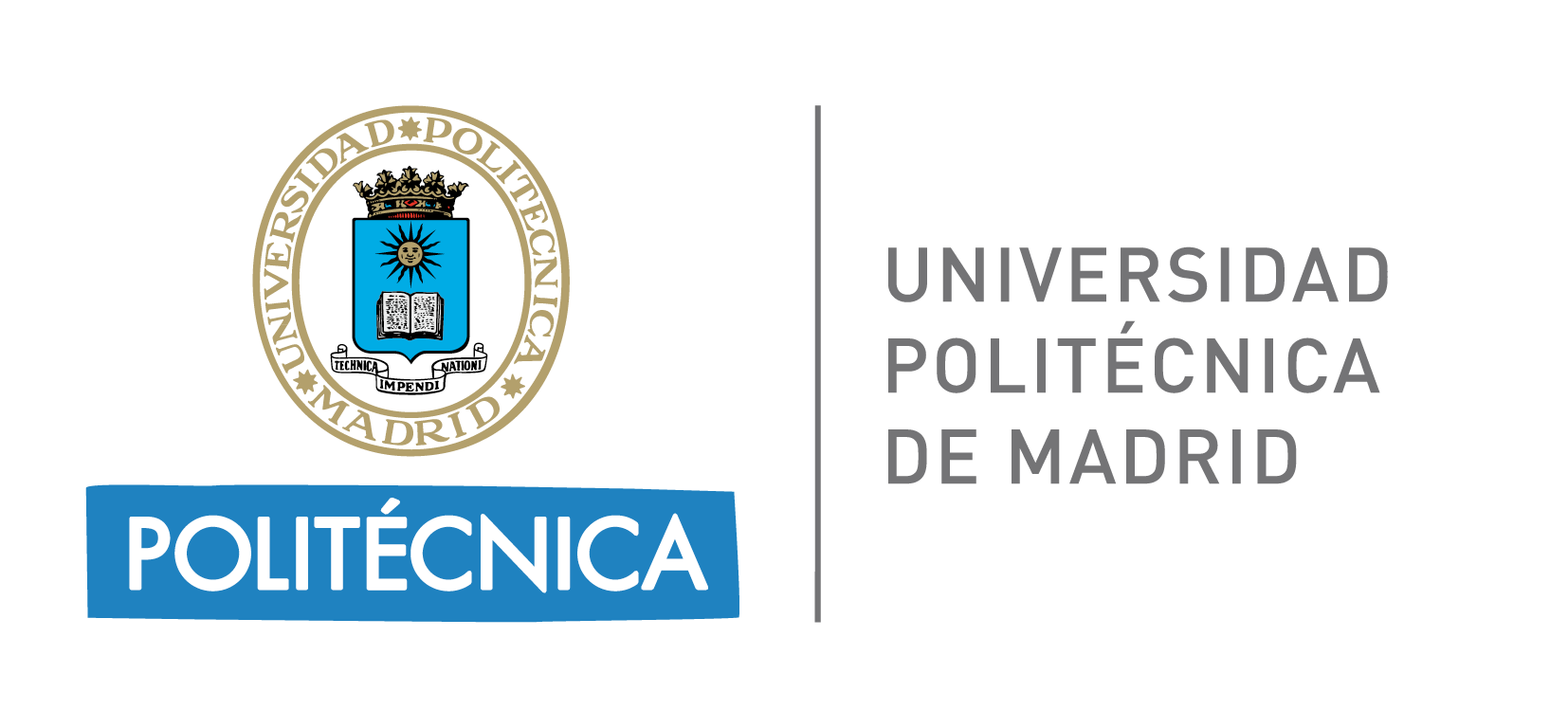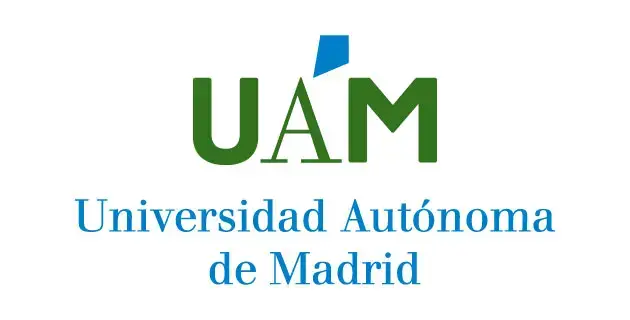Bionomics of Comadia redtenbacheri (Hammerschmidt, 1847) (Lepidoptera: Cossidae)
DOI:
https://doi.org/10.57065/shilap.928Palavras-chave:
Lepidoptera, Cossidae, Agave, ecology, life cycle, nomenclature, MexicoResumo
Boring insects feed on the internal tissues of their hosts, and their activity is detected only after a severe damage to the host has occurred; therefore, studying their biology in the wild is difficult. The objective of the study was to complement knowledge about the biology, ecology and taxonomic position of Comadia redtenbacheri (Hammerschmidt, 1847), an agave borer with a long lifecycle. Laboratory observations were made on life stages obtained from larvae collected in Hidalgo, Mexico, which were induced to pupate in tubes with vermiculite and soil. Emerged adults were placed in cloth bags where they mated and laid eggs. Larvae that emerged from these eggs were raised on an artificial diet. Field observations were made in some localities of the State of Mexico; for this, external leaves and rhizomes of Agave plants were examined to look for eggs and larvae. Eggs and larvae were found in Agave salmiana Otto ex Salm-Dyck and Agave applanata Lem. ex Jacobi. Eggs are brown; they are found mainly at the base of external leaves. Neonate larvae bore a hole in the chorion and feed on it for a few days; they are gregarious and migrate towards the rhizome as they mature; last instar larvae are aposematic and release a volatile odoriferous secretion; their development is not uniform and can last more than a year. Pupation takes place in a silken cocoon under the soil. Adults are nocturnal; female calling starts one hour after the start of the scotophase, and can last until 5:30 am; oviposition happens a few hours after mating. The parasitoids Lisonnota fascipennis Townes, 1978 (Hymenoptera: Ichneumonidae), and Acantholespesia texana (Aldrich & Webber, 1924) (Diptera: Tachinidae) and fungal and bacterial pathogens are commonly found in larvae. Predators of larvae and adults include ants, rodents and birds.
Downloads
Estatísticas globais ℹ️
|
425
Visualizações
|
240
Downloads
|
|
665
Total
|
|
Referências
AWMACK, C. S. & LEATHER, S. R., 2002.– Host plant quality and fecundity in herbivorous insects.– Annual Reviews in Entomology, 47: 817-844. DOI: https://doi.org/10.1146/annurev.ento.47.091201.145300
ANCONA, L., 1931.– Los chilocuiles o gusanitos de la sal de Oaxaca.– Anales del Instituto de Biología, Universidad Nacional Autónoma de México, 2: 265-277.
BERGMANN, J., LÓPEZ, K. & BUONO-CORE, G., 2007.– Identification and synthesis of some fatty acid derivatives from larvae of Chilecomadia valdiviana (Lepidoptera: Cossidae).– Natural Product Research, 21: 473-480. DOI: https://doi.org/10.1080/14786410601129986
BLÁSQUEZ, I., 1870.– Insectos del maguey.– La Naturaleza, 1: 282-290.
BLUNDEN, G., YI, Y. & JEWERS K., 2008.– The comparative leaf anatomy of Agave, Beschorneria, Doryanthes and Furcraea species (Agavaceae: Agaveae).– Botanical journal of the Linnean Society, 66: 157-179. DOI: https://doi.org/10.1111/j.1095-8339.1973.tb02167.x
BROWN, R. M., 1975.– A revision of the North American Comadia (Cossidae).– Journal of Research on the Lepidoptera, 14: 189-212. DOI: https://doi.org/10.5962/p.280586
CARTER, D. J., 1984.– Pest Lepidoptera of Europe: With Special Reference to the British Isles: 432 pp. Dr W. Junk Publishers, Dordrecht.
CASTRO-TORRES, R. & LLANDERAL-CÁZARES, C., 2015.– Principales caracteres morfológicos para el reconocimiento de Comadia redtenbacheri Hammerschmidt (Lepidoptera: Cossidae).– Entomología Mexicana, 2: 798-803.
CASTRO-TORRES, R. & LLANDERAL-CÁZARES, C., 2016.– Detailed morphology of all life stages of the agave red worm, Comadia redtenbacheri (Hammerschmidt) (Lepidoptera: Cossidae).– Neotropical Entomology, 45: 698-711. DOI: https://doi.org/10.1007/s13744-016-0425-7
CHAPMAN, R. F., 2013.– The Insects: Structure and Function: 929 pp. Cambridge University Press, Cambridge.
CLARK , B. R. & FAETH, S. H.,1998.– The evolution of egg clustering in butterflies: A test of the egg desiccation hypothesis.– Evolutionary ecology, 12: 543-552. DOI: https://doi.org/10.1023/A:1006504725592
DAMPF, A., 1927.– Contribución al conocimiento de la morfología de los primeros estados de Hypopta agavis Blázquez [sic] (Chilodora Dyar) (Lepidoptera, fam., Cossidae), plaga de los magueyes de la mesa central de México.– Estudios sobre las plagas de las plantas y de los animales de México, 1: 1-26.
DELISLE, J. & MCNEIL, J. N., 1986.– The effect of photoperiod on the calling behaviour of virgin females of the true armyworm, Pseudaletia unipuncta (Haw.) (Lepidoptera: Noctuidae).– Journal of Insect Physiology, 32: 199-206. DOI: https://doi.org/10.1016/0022-1910(86)90059-4
DREES, B. M., JACKMAN, J. A., & MERCHANT, M. E., 2008.– Wood-Boring Insects of Trees and Shrubs: 12 pp. AgriLife Extension / Texas A&M System, Texas.
DYAR, H., 1910.– New Lepidoptera from Mexico, Cossidae.– Proceedings of the U. S. National Museum, 38: 269-271. DOI: https://doi.org/10.5479/si.00963801.38-1742.229
DYAR, H., 1937.– Cossidae.– In A. SEITZ. Macrolepidoptera of the world: 1275 pp. Fritz Lehman Verlag, Stuttgart.
FIGUEIREDO, A., SANTANA, K. & ZUCOLOTO, F. S., 2016.– Benefits of egg clusters in the evolution of larval aggregation in the Neotropical butterfly Ascia monuste orseis: Reduction of egg failure and enhanced larval hatching.– Journal of the Lepidopterists’ Society 70: 72-74. DOI: https://doi.org/10.18473/lepi.70i1.a8
GAGLIARDO, A. & GUILFORD, T., 1993.– Why do warning-coloured prey live gregariously?.– Proceedings of the Royal Society of London, 251: 69-74. DOI: https://doi.org/10.1098/rspb.1993.0010
HAMMERSCHMIDT, K. E., 1847.– Beschreibung eines neuen mexicanischen Schmetterlinges Zeuzera (Cossus) redtenbacheri Hmrschdt.– Naturwissenschaftlichen Abhandlungen, 2: 151-152.
HEBERT, P. D. N., 1983.– Egg dispersal patterns and adult feeding behaviour in the lepidoptera.– The Canadian Entomologist, 115: 1477-1481. DOI: https://doi.org/10.4039/Ent1151477-11
HERNÁNDEZ-FLORES, L., LLANDERAL-CÁZARES, C., GUZMÁN-FRANCO, A. W. & ARANDAOCAMPO, S., 2015.– Bacteria present in Comadia redtenbacheri larvae (Lepidoptera: Cossidae).– Journal of Medical Entomology, 52: 1150-1158. DOI: https://doi.org/10.1093/jme/tjv099
HERNÁNDEZ-LIVERA, R. A., LLANDERAL-CÁZARES, C., CASTILLO-MÁRQUEZ, L. E., VALDEZCARRASCO, J. & NIETO-HERNÁNDEZ, R., 2005.– Identificación de instares larvales de Comadia redtenbacheri (Hamm) (Lepidoptera: Cossidae).– Agrociencia, 39: 539-544.
ISHII, Y., 1992.– Needle crystal of calcium oxalate monohydrate found in plant.– Journal of electron microscopy, 41: 53-56.
JIMÉNEZ-VÁSQUEZ, M. & LLANDERAL-CÁZARES, C., 2015.– Captura de adultos de Comadia redtenbacheri, un insecto comestible.– Resúmenes del XVIII Simposio Nacional de Parasitología Forestal: 125 pp. Ixtapan de la Sal, Edo. de México. México. 23 al 25 de noviembre de 2015.
KUHNLEIN, H. V. & RECEVEUR, O., 1996.– Dietary change and traditional food systems of indigenous peoples.– Annual Review of Nutrition, 16: 417-442. DOI: https://doi.org/10.1146/annurev.nu.16.070196.002221
LAMBERT, I., 2008.– Why should we closely monitor fecundity in marine fish populations?.– Journal of the northwest Atlantic fishery science, 41: 93-106. DOI: https://doi.org/10.2960/J.v41.m628
LLANDERAL-CÁZARES, C., NIETO-HERNÁNDEZ, R., ALMANZA-VALENZUELA, I. & ORTEGAALVAREZ, C., 2007.– Biología y comportamiento de Comadia redtenbacheri (Hamm) (Lepidoptera: Cossidae).– Entomología Mexicana, 6: 252-255.
MINET, J. & SURLYKKE, A., 2003.– Sound production in adults.– In N. P. KRISTENSEN. Handbook of zoology. Arthropoda: Insecta. Lepidoptera, moths and butterflies. Vol. 2. Morphology, physiology and development: 310 pp. Walter de Gruyter GmbH & Co.KG, Berlin.
MIRANDA-PERKINS, K., LLANDERAL-CÁZARES, C., CADENA-BARAJAS, M., & LÓPEZ-SAUCEDA, J., 2016.– Adult emergence and reproductive behavior of Comadia redtenbacheri in confinement.– Southwestern Entomologist, 41: 657-666. DOI: https://doi.org/10.3958/059.041.0308
MIRANDA-PERKINS, K., LLANDERAL-CÁZARES, C., DE LOS SANTOS-POSADAS, H. M., PORTILLO-MARTÍNEZ, L. & VIGUERAS-GUZMÁN, A. L., 2013.– Comadia redtenbacheri (Lepidoptera: Cossidae) pupal development in the laboratory.– Florida Entomologist, 96: 1424-1433. DOI: https://doi.org/10.1653/024.096.0422
NICHOLLS, E. C. I., 2008.– Control Biológico de Insectos: un Enfoque Agroecológico: 282 pp. Universidad de Antioquía, Medellín.
NIELSEN, D. G., 1981.– Studying biology and control of borers attacking woody plants.– Bulletin of the Entomological Society of America, 27: 251-259. DOI: https://doi.org/10.1093/besa/27.4.251
O’HARA, J. E., 2008.– Tachinid flies (Diptera: Tachinidae).– In J. L. CAPINERA. Encyclopedia of Entomology. 2nd Edition: 4346 pp. Springer, Dordrecht.
OLIVARES, T. S. & ANGULO, A. O., 1992.– Chilecomadia valdiviana (Philippi): Description of the larva and pupa (Lepidoptera: Cossidae).– Gayana zoología, 56: 181-184.
PAOLETTI, M. G. & DREON, A. L., 2005.– Minilivestock, environment, sustainability, and local knowledge disappearance.– In M. G. PAOLETTI. Ecological Implications of Minilivestock: Potential of Insects, Rodents, Frogs and Snails: 662 pp. Science Publishers INC, Enfield.
PINHEIRO, C. E. G., FREITAS, A. V. L., CAMPOS, V. C., DE VRIES, P. J. & PENZ C. M., 2015.– Both palatable and unpalatable butterflies use right colors to signal difficulty of capture to predators.– Neotropical Entomology, 45: 107-113. DOI: https://doi.org/10.1007/s13744-015-0359-5
RAMÍREZ-CRUZ, A. & LLANDERAL-CÁZARES, C., 2015.– Morfología del sistema reproductor de la hembra de Comadia redtenbacheri (Hammerschmidt) (Lepidoptera: Cossidae).– Acta Zoológica Mexicana (Nueva serie), 31: 431-455. DOI: https://doi.org/10.21829/azm.2015.3131044
RAMOS-ELORDUY, J., MORENO, J. M. P., VÁZQUEZ, A. I., LANDERO, I., OLIVA-RIVERA, H. & CAMACHO, V. H. M., 2011.– Edible Lepidoptera in Mexico: Geographic distribution, ethnicity, economic and nutritional imortance for rural people.– Journal of Ethnobiology and Ethnomedicine, 7: 1-22. DOI: https://doi.org/10.1186/1746-4269-7-2
RIVERS, J. J., 1897.– Some facts in the life history of Hypopta bertholdi Grote.– Psyche, 8: 10. DOI: https://doi.org/10.1155/1897/574651
ROESSINGH, P., 1989.– The trail following behavior of Yponomeuta cagnagellus.– Entomologia Experimentalis et Applicata, 51: 49-57. DOI: https://doi.org/10.1111/j.1570-7458.1989.tb01213.x
RUXTON, G. D. & SHERRATT, T., 2006.– Aggregation, defence and warning signals: the evolutionary relationship.– Proceedings of the Royal Society B, 273: 2417-2417. DOI: https://doi.org/10.1098/rspb.2006.3570
SCHOORL, J. W. JR., 1990.– A phylogenetic study on Cossidae (Lepidoptera: Ditrysia) based on external adult morphology.– Zoologische Verhandelingen Leiden, 263: 1-295.
SOLOMON, J. D. & NEEL, W. W., 1972.– Mating behavior in the carpenter moth, Prionoxystus robiniae (Lepidoptera: Cossidae).– Annals of the Entomological Society of America, 66: 312-314. DOI: https://doi.org/10.1093/aesa/66.2.312
SOLOMON, J. D., DOOLITTLE, R. E. & BEROZZA, M., 1972.– Isolation and analysis of the carpenterworm sex pheromone.– Annals of the Entomological Society of America, 65: 1058-1061. DOI: https://doi.org/10.1093/aesa/65.5.1058
STAMP, N. E., 1980.– Egg deposition patterns in butterflies: Why do some species cluster their eggs rather than deposit them singly?.– The American Naturalist, 115: 367-380. DOI: https://doi.org/10.1086/283567
THOMAS, J. A. & ELMES, G. W., 1993.– Specialized searching and the hostile use of allomones by a parasitoid whose host, the butterfly Maculinea rebeli, inhabits ant nests.– Animal Behavior, 45: 595-602. DOI: https://doi.org/10.1006/anbe.1993.1069
TIAN, J., HUA, B. & ZHANG, H., 2010.– Morphology of Eogystia sibirica (Alphéraky) (Lepidoptera: Cossidae) attacking Asparagus officinalis in northern China with descriptions of its immature stages.– Journal of Natural History, 44: 43-44. DOI: https://doi.org/10.1080/00222933.2010.499572
TRAVE, R., MERLINI, L. & PAVAN, M. I., 1960.– Sulla natura chimica del secreto della larva del Lepidottero Cossus ligniperda Fabr.– Rendiconti / Istituto Lombardo di Scienze e Lettere, Classe di Scienze (B), 94: 151-155.
VAN HUIS, A., ITERBEEK, J. V., KLUNDER, H., MERTENS, E., HALLORAN, A., MUIR, G. & VANTOMME, P., 2013.– Edible insects: future prospects for food and feed security.– FAO Forestry Papers, 171: 47.
VEERANNA, R. & REMADEVI, O. K., 2011.– Morphometry and biology of larval instars of Alcterogystia cadambae, heartwood borer of teak in India.– Journal of Tropical Forest Science, 23: 434-439.
WATTENDORFF, J., 1976.– A third type of raphide crystal in the plant kingdom: six-sided raphides with laminated sheaths in Agave americana L.– Planta (Berlin), 130: 303-311. DOI: https://doi.org/10.1007/BF00387837
YEN, A. L., 2009.– Entomophagy and insect conservation: some thoughts for digestion.– Journal of Insect Conservation, 13: 667-670. DOI: https://doi.org/10.1007/s10841-008-9208-8
YEN, A. L., 2012.– Edible insects and management of country.– Ecological Management, 13: 97-99. DOI: https://doi.org/10.1111/j.1442-8903.2011.00623.x
ZETINA, D. A. H., LLANDERAL-CÁZARES, C., RUIZ-CANCINO, E. & KHALAIM, A. I., 2009.– Registro para México de Lissonota fascipennis Townes (Hymenoptera: Ichneumonidae) como parasitoide del gusano rojo del maguey.– Acta Zoológica Mexicana (Nueva serie), 25: 655-657. DOI: https://doi.org/10.21829/azm.2009.253667
ZETINA, D. A., LLANDERAL, C. & HUERTA, H., 2012.– Acantholespesia texana (Aldrich & Webber): A new report for Mexico, as a parasitoid of Comadia redtenbacheri Hamm.– Southwestern Entomologist, 37: 235-237. DOI: https://doi.org/10.3958/059.037.0217
ZETINA, D. H. & LLANDERAL, C., 2014.– Signs and symptoms in Comadia redtenbacheri Hamm. (Lepidoptera: Cossidae) larvae affected by parasitoids.– Southwestern Entomologist, 39: 285-290. DOI: https://doi.org/10.3958/059.039.0206
ZONG, S. X., LUO, Y. Q., LU, C. K., XU, Z. C. & ZHANG, L. S., 2006.– Preliminary study on biological characteristics of Holcocerus hippophaecolus.– Scientia Silvae Sinica, 42: 79-84.
Publicado
Como Citar
Edição
Secção
Licença

Este trabalho encontra-se publicado com a Licença Internacional Creative Commons Atribuição 4.0.
O autor mantém os seus direitos de marca registada e de patente para qualquer processo ou procedimento dentro do artigo.
O autor mantém o direito de partilhar, distribuir, executar e comunicar publicamente o artigo publicado no SHILAP Revista de lepidopterología, com reconhecimento inicial da sua publicação no SHILAP Revista de lepidopterología.
O autor reserva-se o direito de fazer uma publicação posterior da sua obra, desde a utilização do artigo até à sua publicação num livro, desde que indique a sua publicação inicial no SHILAP Revista de lepidopterología.
Cada apresentação ao SHILAP Revista de lepidopterología deve ser acompanhada por uma aceitação dos direitos de autor e reconhecimento da autoria. Ao aceitá-los, os autores retêm os direitos autorais da sua obra e concordam que o artigo, se aceite para publicação pelo SHILAP Revista de lepidopterología, será licenciado para uso e distribuição sob uma licença "Creative Commons Attribution 4.0 International" (CC BY 4.0), que permite a terceiros partilhar e adaptar o conteúdo para qualquer fim, dando o devido crédito à obra original.
Pode consultar aqui a versão informativa e o texto legal da licença. A indicação da licença CC BY 4.0 deve ser expressamente indicada desta forma quando necessário.
A partir de 2022, o conteúdo da versão impressa e digital é licenciado sob uma licença de utilização e distribuição "Creative Commons Attribution 4.0 International" (CC BY 4.0), que permite a terceiros partilhar e adaptar o conteúdo para qualquer fim, dando o devido crédito à obra original.
O conteúdo anterior da revista foi publicado sob uma licença tradicional de direitos de autor; no entanto, o arquivo está disponível para acesso livre.
Ao utilizar o conteúdo do SHILAP Revista de lepidopterología publicado antes do ano 2022, incluindo figuras, tabelas ou qualquer outro material em formato impresso ou eletrónico pertencem aos autores dos artigos, os autores devem obter a autorização do detentor dos direitos de autor. As responsabilidades legais, financeiras e criminais a este respeito pertencem ao(s) autor(es).
Em aplicação do Princípio de Prioridade do Código Internacional de Nomenclatura Zoológica, nenhuma outra versão além da publicada pela editora pode ser depositada em repositórios, websites pessoais ou similares.





